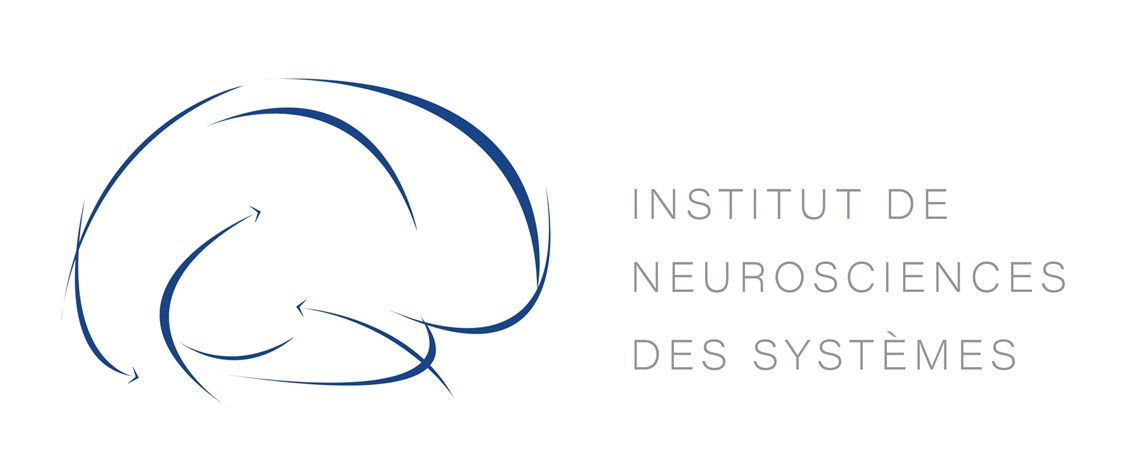Asymmetry in the Perception of Electrical Chirps Presented to Cochlear Implant Listeners
Résumé
Although a broadband acoustic click is physically the shortest-duration sound we can hear, its 35 peripheral neural representation is not as short because of cochlear filtering. The traveling 36 wave imposes frequency-dependent delays to the sound waveform so that in response to a 37 click, apical nerve fibers, coding for low frequencies, are excited several milliseconds after 38 basal fibers, coding for high frequencies. Nevertheless, a click sounds like a click and these 39 across-fiber delays are not perceived. This suggests that they may be compensated by the 40 central auditory system, rendering our perception consistent with the external world. This 41 explanation is difficult to evaluate in normal-hearing listeners because the contributions of 42 peripheral and central auditory processing cannot easily be disentangled. Here, we test this 43 hypothesis in cochlear implant listeners for whom cochlear mechanics is bypassed. We show 44 that an electrical chirp stimulus spanning the cochlea from base to apex (i.e. roughly mimicking 45 the excitation of an acoustic click) is perceived as shorter in duration than the same stimulus 46 spanning the cochlea in the opposite direction despite having the same physical duration. 47 Late-latency cortical potentials also provide neural correlates of this asymmetry in perception, 48 showing a smaller-amplitude response for the base-to-apex than for the apex-to-base chirp. 49 These results demonstrate that the central auditory system processes frequency sweeps 50 differently depending on the direction of the frequency change and that this processing 51 difference is not simply the result of peripheral filtering.
